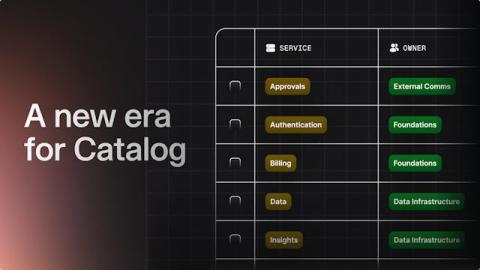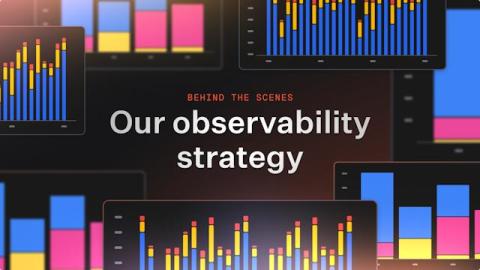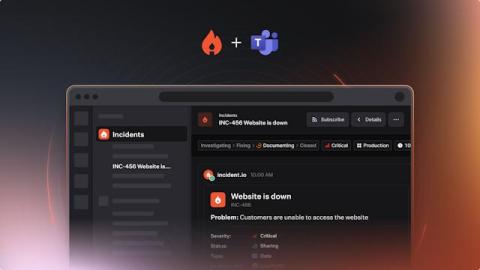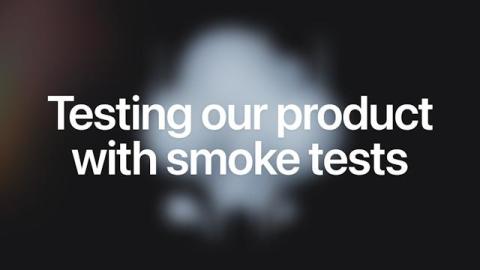A new era for Catalog
Last year, we released Catalog—the connected map of everything in your organization. Catalog was built with the aim of tackling one of the most painful parts of incident response: contextualizing problems and understanding their place within your organization.





